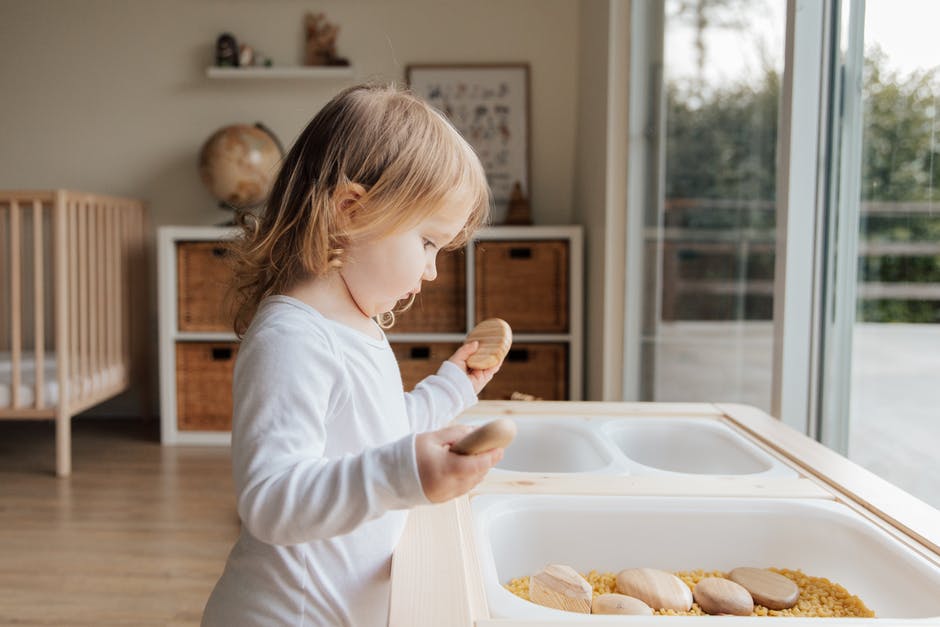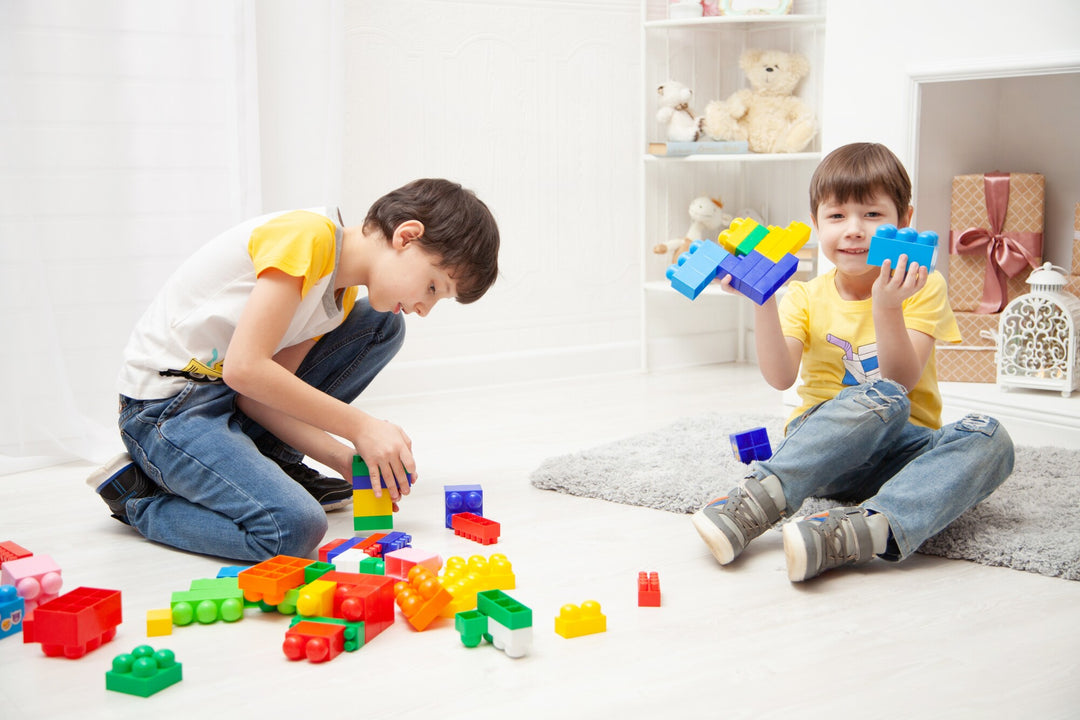Designing Spaces for Relaxation, Stimulation, and Focus
Creating sensory zones within classrooms is an effective strategy for early childhood and primary educators aiming to enhance student engagement, focus, and overall well-being. These thoughtfully designed spaces cater to the diverse sensory needs of students, promoting relaxation, stimulation, and concentration. Incorporating appropriate sensory toys and aids can further enrich these environments, fostering a more inclusive and supportive learning atmosphere.
Understanding Sensory Zones
Sensory zones are designated areas within the classroom tailored to address specific sensory experiences. They are instrumental in helping students regulate their sensory input, assisting them with maintaining attention and emotional balance. By integrating sensory zones, educators can create a classroom environment that accommodates various learning styles and sensory preferences.
Types of Sensory Zones For Classrooms
1. Calming Zones In Classrooms
Calming zones are designed to provide a tranquil space where students can retreat to manage stress or sensory overload. These areas are particularly beneficial for students who may feel overwhelmed by the classroom environment. Incorporating soft lighting, comfortable seating, and soothing colours can enhance the calming effect.
Recommended Products:

- Weighted Blankets and Lap Pads: These items apply gentle pressure, which can have a calming effect on students. For instance, the Weighted Lap Pad available at Sensory Assist offers a discreet option for the classroom.
- Noise-Cancelling Headphones: To reduce auditory distractions, consider the Alpine Muffy Smile Kids Earmuffs, which are designed to protect young ears from excessive noise.
2. Stimulation Zones
Stimulation zones aim to provide sensory input that can help energise and engage students, particularly those who may be under-stimulated or lethargic. These areas can include bright colours, varied textures, and interactive elements to stimulate the senses.
Recommended Products:
- Fidget Toys: Items like the Kaiko Fidget Range offer tactile stimulation that can help students maintain focus and manage restlessness.
- Sensory Balls: The Edushape Sensory Balls provide tactile feedback and can be used for various activities to stimulate the senses.
3. Creating Classroom Focus Zones
Focus zones are structured to minimise distractions and support sustained attention to tasks. These areas are essential for activities that require concentration, such as reading or individual work. Utilising tools that promote focus can be highly beneficial in these zones.
Recommended Products:

- Time Management Tools: The Time Timer MOD is a visual timer that helps students understand the passage of time, aiding in time management and focus.
- Chewable Pencil Toppers: For students who need oral sensory input to concentrate, the Jellystone Designs Chewable Pencil Toppers provide a safe and discreet option.
Implementing Sensory Zones in the Classroom
When integrating sensory zones into the classroom, it's important to consider the unique needs of your students and the available space. Here are some steps to guide the implementation:
1. Assess Student Sensory Needs
Observe your students to identify those who may benefit from sensory interventions. Consult with occupational therapists or special education professionals to gain insights into specific sensory needs.
2. Plan the Layout Of Your Classroom
Designate specific areas of the classroom for each sensory zone. Ensure that calming zones are situated away from high-traffic areas to maintain tranquility, while stimulation zones can be placed in areas that encourage movement and interaction.
3. Select Appropriate Tools and Aids
Choose sensory tools and aids that align with the purpose of each zone. Incorporate a variety of items to cater to different sensory preferences. For example, in a calming zone, you might include soft cushions, weighted blankets, and noise-cancelling headphones. In a stimulation zone, consider fidget toys, sensory balls, and interactive games.
4. Establish Guidelines
Set clear expectations for the use of sensory zones. Teach students how to use the tools appropriately and respect the purpose of each area. This ensures that the zones are used effectively and remain beneficial for all students.
5. Evaluate and Adjust
Regularly assess the effectiveness of the sensory zones and make adjustments as needed. Gather feedback from students and colleagues to inform any changes. This iterative process helps in refining the zones to better meet the evolving needs of the students.
Benefits of Sensory Zones
Incorporating sensory zones into the classroom has the potential to improve a child’s educational experience in many ways:
- Enhanced Focus and Attention: By providing outlets for sensory needs, students can better concentrate on academic tasks.
- Improved Behaviour: Sensory zones may help in reducing disruptive behaviours by offering students strategies to self-regulate.
- Inclusive Environment: These zones can assist with supporting diverse learning needs, fostering an inclusive classroom culture.
- Emotional Regulation: Access to calming zones can support students to manage stress and anxiety effectively.
Sensory Zones To Enhance Your Student's Learning Experience
Designing sensory zones within the classroom is a proactive approach to addressing the varied sensory needs of students. By thoughtfully incorporating sensory toys and aids, educators can create environments that promote relaxation, stimulation, and focus. This not only enhances the learning experience but also supports the overall well-being of students, paving the way for a more inclusive and effective educational setting. Learn how to create Sensory-Friendly Home Environments for Kids
For a comprehensive selection of sensory products suitable for classroom sensory zones, visit Sensory Assist. Their range includes tools and aids designed to support the diverse sensory needs of students, assisting educators in creating optimal learning environments.













